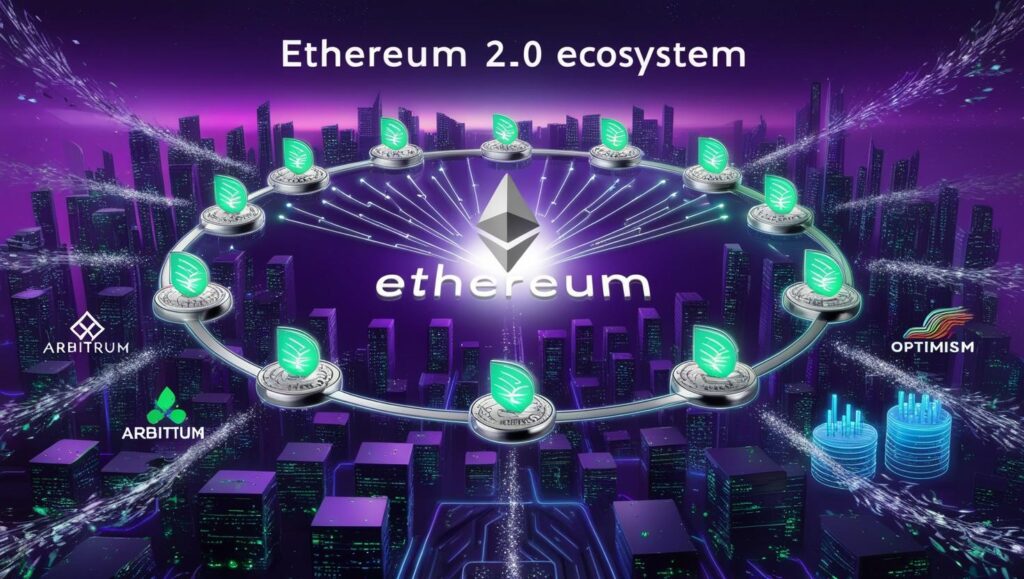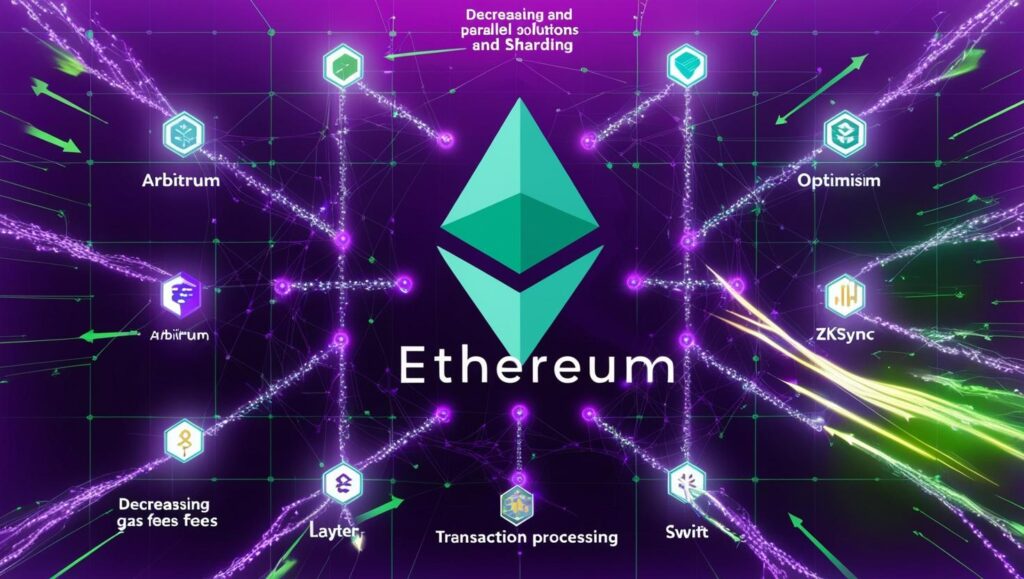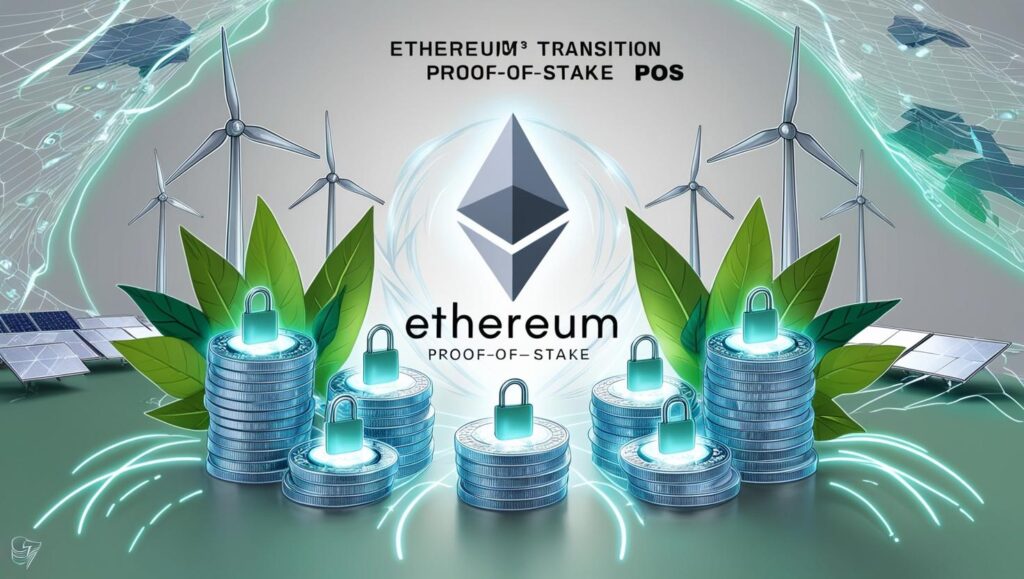The Ethereum blockchain has long been a cornerstone of the crypto ecosystem, powering decentralized finance (DeFi), non-fungible tokens (NFTs), and countless other decentralized applications (dApps). However, its scalability issues have been a significant pain point, leading to high gas fees and network congestion. With the introduction of Ethereum 2.0, the network has taken a monumental step forward, but the question remains: is it solving scalability once and for all?

What Is Ethereum 2.0?
Ethereum 2.0, also known as Eth2 or “The Merge,” marks Ethereum’s transition from a Proof-of-Work (PoW) consensus mechanism to Proof-of-Stake (PoS). This upgrade was designed to address the network’s scalability, energy efficiency, and security challenges. Here are the key features of Ethereum 2.0:
- Proof-of-Stake (PoS): Validators replace miners, reducing the energy consumption of the network by over 99%.
- Sharding: The network will eventually be divided into smaller chains, or shards, to process transactions in parallel, significantly improving throughput.
- Layer 2 Solutions: These solutions, such as Optimism and Arbitrum, work alongside Ethereum 2.0 to enhance scalability and lower transaction costs.

Scalability: Progress and Challenges
While Ethereum 2.0 has laid the foundation for scalability, it’s not without its challenges. Here’s a closer look:
1. Layer 2 Adoption: Layer 2 scaling solutions like Arbitrum, Optimism, and zkSync have been pivotal in reducing congestion and costs. For example:
- Arbitrum recently surpassed Ethereum in daily transactions, showcasing the growing reliance on Layer 2 networks.
- zkSync’s zero-knowledge rollups promise even greater efficiency and scalability. However, the adoption of Layer 2 solutions is still fragmented, and user onboarding remains a challenge.
2. Gas Fees Are Still Volatile: While gas fees have decreased overall, spikes still occur during high demand periods, such as NFT drops or DeFi launches. This indicates that further optimization is needed.
3. Competition from Other Blockchains: Ethereum faces stiff competition from faster and cheaper alternatives like Solana, Binance Smart Chain, and Avalanche. These blockchains offer lower fees and higher throughput, making them attractive to developers and users.

Conclusion: Is Ethereum 2.0 the Solution?
Ethereum 2.0 represents a significant step forward in scalability, energy efficiency, and security. While it’s not a complete solution yet, the progress made so far is undeniable. With upcoming upgrades and the continued growth of Layer 2 solutions, Ethereum is well-positioned to maintain its dominance in the blockchain space.
For developers, investors, and users, the next few years will be critical in determining whether Ethereum 2.0 fully delivers on its promise. As always, staying informed and adapting to the rapidly evolving blockchain landscape will be essential.
Stay tuned for more updates and insights on Ethereum and the broader crypto market in our upcoming blogs.
🔥 Get Rewarded for Being Part of the KK4 Community! 🔥
We’re giving away 200 KK4 tokens on each platform! Don’t miss out—follow, like & comment for a chance to win! 🎁🚀
💰 How to Claim Your Free KK4 Tokens:
1️⃣ Follow us on social media
2️⃣ Drop your Solflare wallet address in the comments under video.
🔗 Join Us Now & Claim Your Free Crypto Tokens!
